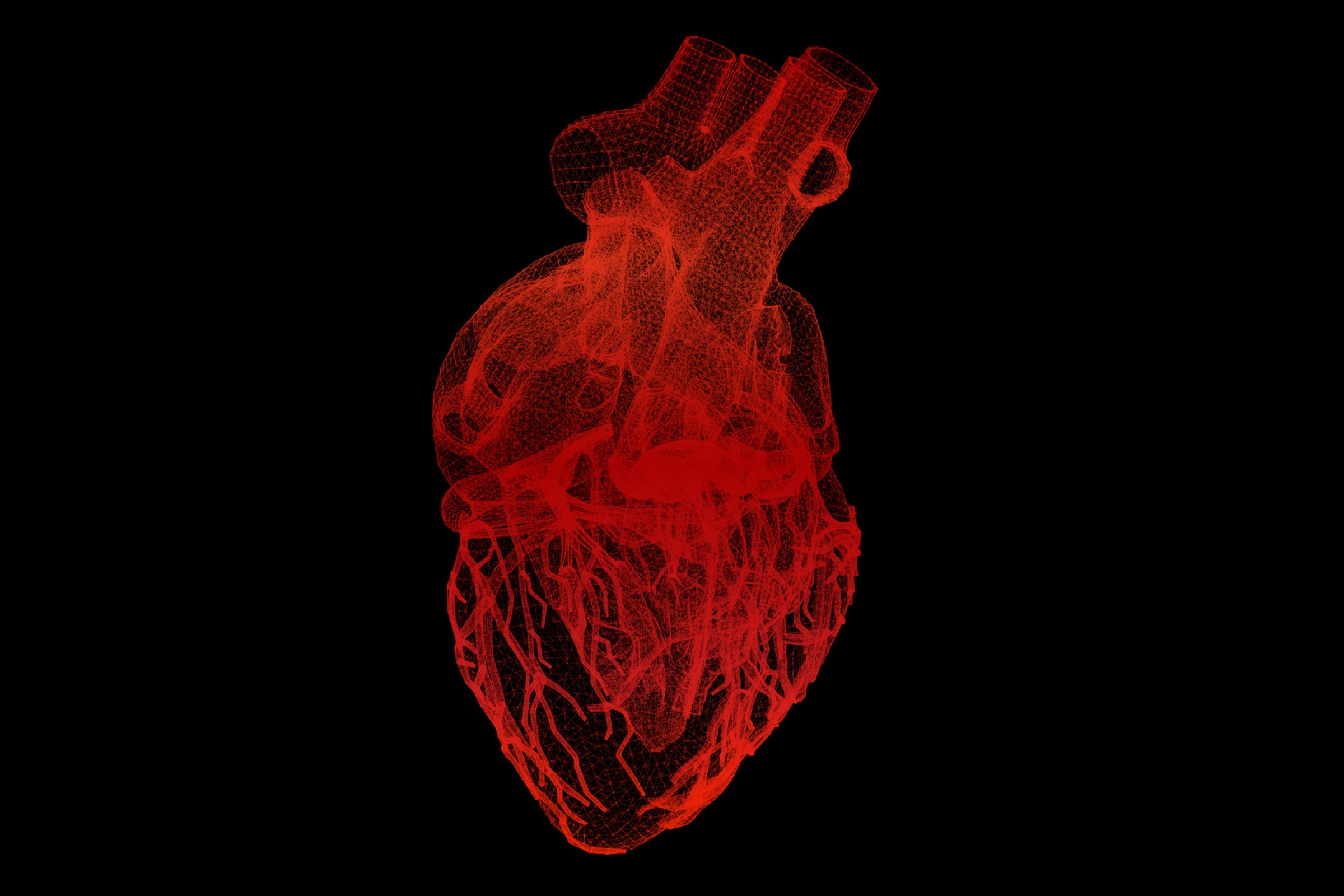
Declining NAD and Matters of the Heart
Heart failure is a common and devastating chronic disease that occurs when the heart cannot pump enough blood to support all the body’s organs. While some medications are available to treat heart failure, there is no cure. Half of all heart failure patients die within five years of receiving their diagnosis [1].
What causes heart failure? One main driver is the inability of heart cells to sufficiently generate the energy they need to function properly [2]. Mitochondria, the tiny power stations within our cells, take the energy from the food we eat and convert it into energy that the heart can use to beat. If these mitochondria are not working properly, then the heart will not be able to generate the energy it needs and will eventually fail.
Improving Mitochondrial Function With NAD-Boosting Molecules
Understanding the vital link between mitochondrial health and heart failure has led researchers to consider molecules that improve mitochondrial function as potential new ways to treat heart failure.
Previous research shows that the molecules nicotinamide riboside (NR) and nicotinamide mononucleotide (NMN) can improve mitochondrial function [3]. Inside the body, NR and NMN are converted to nicotinamide adenine dinucleotide (NAD), a molecule vital for mitochondrial function and health.
Improving Mitochondrial Function To Rescue The Failing Heart
Several studies have now examined how boosting NAD help preserve cardiac function in mouse models of heart failure. These studies have consistently shown that replenishing NAD levels in the failing heart leads to improved mitochondrial function and corresponding improvements in the heart’s ability to pump blood [4-6].
Summarize observations across studies that NAD declines in heart failure. (Diguet humans too) a team of researchers led by Dr. Mathias Mericksay and Dr. Charles Brenner examined levels of NAD in failing hearts of humans and mice and found that NAD levels decline during heart failure [4].
Summarize any observations about NRK and NAMPT gene expression. (Diguet, Vignier) They also found that genes needed to convert NR to NAD are more active in failing hearts than in normal healthy hearts. These changes indicate that during heart failure, heart cells attempt to replenish NAD to improve energy production.
Summarize any observations that NR and NAM have different effects on NAD levels and/or heart function. (see Diguet and Vignier, others?)
Forward Looking
The results of this foundational research have expanded our understanding of NR’s potential for helping heart failure patients boost their limited energy supplies by increasing NAD levels. The finding that heart failure prompts similar changes in NAD in both humans and mice suggests that research in mouse models of heart failure may eventually help patients.
In fact, multiple clinical trials are already registered to examine the effects of NR in human heart failure patients, including University of Washington studies in collaboration with the National Institutes of Health and the American Heart Association. These studies will allow researchers to build off of promising preclinical work to better understand NR’s effects on the human heart.
References
Heart Disease Facts & Statistics | cdc.gov [Internet]. 2017 [cited 2018 Jan 22]. Available from: https://www.cdc.gov/heartdisease/facts.htm
Neubauer S. The Failing Heart – An Engine Out of Fuel. N Engl J Med. 2007 Mar 15;356(11):1140-51.
Cantó C, Houtkooper RH, Pirinen E, Youn DY, Oosterveer MH, Cen Y, et al. The NAD+ Precursor Nicotinamide Riboside Enhances Oxidative Metabolism and Protects against High-Fat Diet-Induced Obesity. Cell Metab. 2012 Jun;15(6):838-47.
Diguet N, Trammell SAJ, Tannous C, Deloux R, Piquereau J, Mougenot N, et al. Nicotinamide Riboside Preserves Cardiac Function in a Mouse Model of Dilated Cardiomyopathy. Circulation. 2017 Dec 7